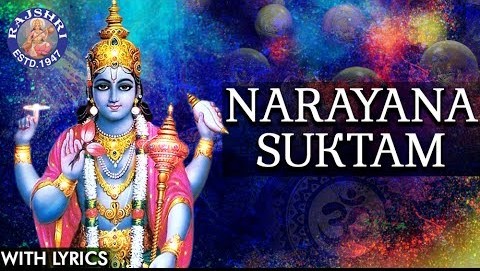Narayana Suktam Chanting: Powerful Benefits & Detailed Explanation Narayana Suktam explains about meditation. Before meditation, one has to recite this and contemplate the meaning, which in turn will help the Sadhak reach deeper levels of meditation. In the beginning, the glory of God is described. It is then followed by a step-by-step instruction on how Read More
Ads Blocker Detected!!!
We have detected that you are using extensions to block ads. Please support us by disabling these ads blocker.

